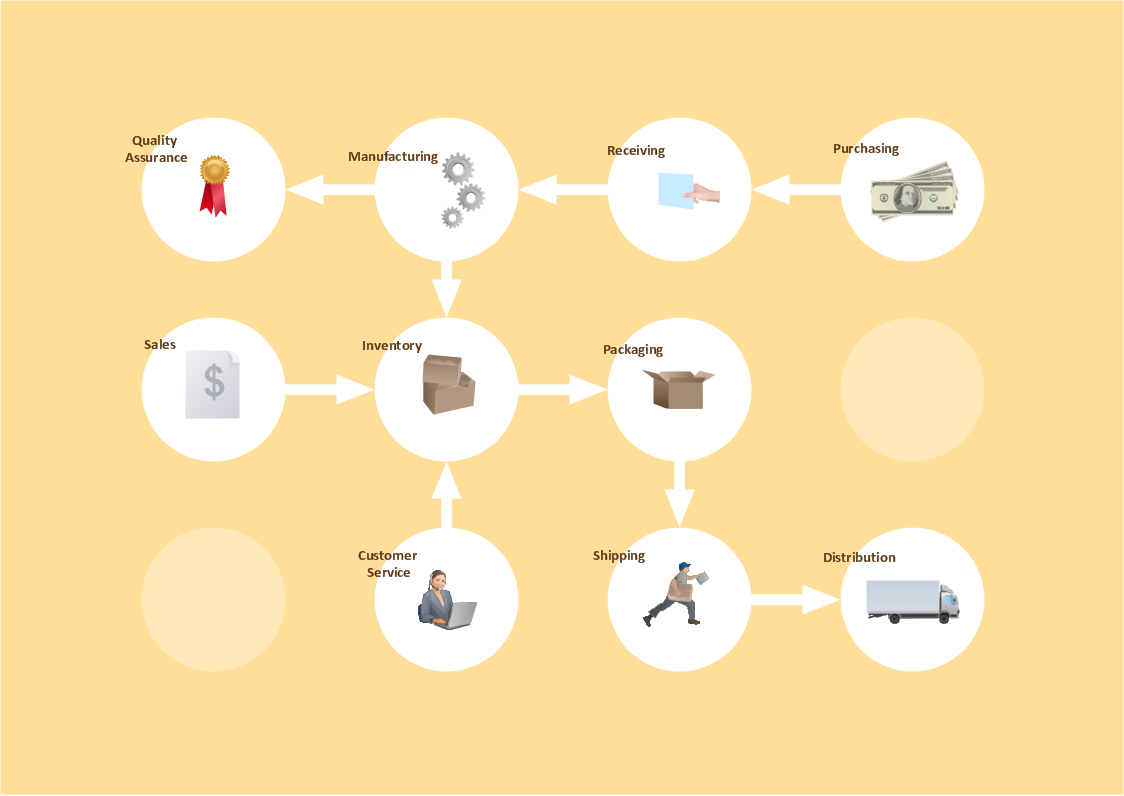How Power Automate Goes From "Easy" to "Oh Shit"Let me tell you exactly how Power Automate lures you in and then ruins your life.## Why We Got Sucked In
We didn't choose Power Automate because it was amazing.
We chose it because we were already trapped in Microsoft's ecosystem and it seemed like the path of least resistance. Three companies, same story:Company 1:
Already paying for Office 365 E3 licenses.
HR wanted to stop manually sending welcome emails. "It's included," they said. "How hard can it be?"Company 2: Finance director saw a demo where someone automated expense approvals in 15 minutes.
Looked simple enough. What could go wrong?Company 3: IT mandate to "reduce manual processes." Power Automate was already licensed.
CTO figured we'd just knock out some quick wins.All three scenarios started the same way: with optimism and ignorance.## The Honeymoon Period (Weeks 1-4)The first few flows were genuinely impressive.
I built a SharePoint list notification system in 30 minutes that would have taken days with custom code.
HR automated their onboarding emails before lunch.
Marketing set up survey response handling that afternoon.
Power Automate's visual designer actually works for simple stuff.
The drag-and-drop interface lets you connect triggers to actions with visual connectors
- trigger when email arrives, then create Share
Point item, then send Teams notification. Business users could follow along. Everyone felt smart and productive.The 2025 AI features made great demo material. Copilot would suggest workflow steps. AI Builder could extract data from forms. Desktop flows could automate legacy Windows apps that didn't have APIs.
We were cocky. We thought we'd figured it out.## When Reality Kicked Our Ass (Month 2-6)Then we tried to scale beyond toy examples and everything went to hell.Performance became a joke: A flow that processed 10 records in seconds would timeout processing 100.
The monthly sales report that worked fine with 50 leads completely shit the bed with 500. Microsoft's answer? "Break it into smaller batches." Thanks, genius.Error messages were useless: When flows failed, you'd get gems like "BadRequest" or my personal favorite: "Internal
ServerError." That's it.
No stack trace. No line numbers. Just "something broke, good luck figuring out what."I spent an entire weekend debugging a flow that randomly failed processing expense reports. The error? "InvalidTemplate." The fix? One of the approval steps had a typo in a dynamic expression that only triggered when the expense amount had more than 2 decimal places.Premium connector costs blindsided us: Simple integrations that worked in demos suddenly required premium licenses at $15/user/month.
Our "free" Salesforce integration turned into a $3,000/month surprise.
Microsoft classifies connectors into Standard (included) and Premium (cost extra) categories, but you don't discover this until after building your flows. Even in 2025, with updated pricing models including Process licenses at $150/bot/month and Hosted Process at $215/bot/month, the costs still escalate rapidly beyond the base license.
Nobody mentioned that in the sales pitch.Governance became a nightmare:
Business users started creating their own flows without telling IT. We discovered 47 different approval workflows when someone asked why their expense was stuck.
No version control.
Just chaos.The "citizen developers" weren't evil, but they created monsters.
Flows that worked fine for one person broke when 50 people used them. No error handling.
No monitoring.
No documentation.## The Technical Reality CheckHere's what actually happens when you put Power Automate in production:
- Simple flows work fine until they don't
- Complex flows fail in unpredictable ways
- Debugging is a game of archeology through run histories
- Performance degrades exponentially with data volume
- Error handling is basically prayer-based programmingThe platform that promised to reduce IT workload doubled it. Every "simple" automation became a maintenance nightmare when it touched real data and real users.

